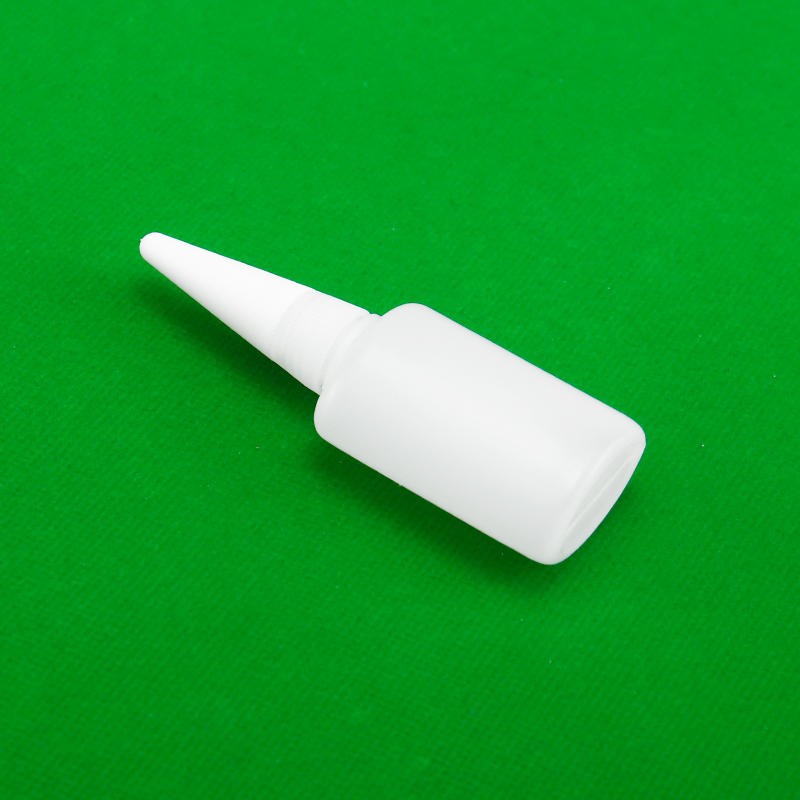1 月 . 15, 2025 09:21
Box packaging tape is indispensable in every industry that involves shipping, moving, or storage. Its primary function — to seal boxes securely — might seem simple at first glance. However, the right packaging tape can significantly enhance product safety and contribute to efficient logistics operations. With years of industry experience, I can confidently say that choosing the optimal tape can be a game-changer for businesses of all sizes.

Understanding the different types of box packaging tape is the first step toward making an informed decision. Some of the most commonly used types include pressure-sensitive adhesive (PSA) tapes, water-activated tapes (commonly known as gummed tapes), and filament tapes. Each category offers distinct advantages suited to specific needs and applications.
Pressure-sensitive adhesive tapes are the market leaders regarding versatility and ease of use. They are available in a variety of backings, from polypropylene to PVC, each offering unique strength and elasticity properties. PSA tapes can adhere to surfaces on contact without water or heat, making them ideal for fast-paced environments where efficiency is key. However, their performance can be affected by temperature and humidity, so it’s crucial to evaluate the storage and transit conditions before opting for this type.

Water-activated tapes, on the other hand, offer a level of security that pressure-sensitive tapes cannot. They form a robust bond with the box material, which increases tamper resistance and ensures the package remains intact even in harsh transit conditions. Their eco-friendly composition also adds an appealing factor for brands committed to sustainability. Many businesses report that using water-activated tape significantly reduces the amount of tape needed per package, which not only minimizes costs but also enhances the unboxing experience for customers.
box packaging tape
Filament tapes are renowned for their high tensile strength, thanks to the fiberglass filaments embedded in the adhesive. These are particularly useful for heavy-duty applications such as pallet stabilization and securing large, heavy boxes. Despite their strength, filament tapes require more care during application to ensure the filaments do not compromise the adhesive surface area coverage.
The box packaging tape industry is not immune to technological advancements. Recent innovations include biodegradable tapes, which aim to reduce environmental impact, and smart tapes that incorporate security features such as uniquely identifying barcodes or QR codes that can be scanned via smartphone applications. These innovations add significant value, allowing companies to enhance security, authenticity, and traceability, all of which are essential components of a trustworthy brand.
To assure the purchase of high-quality box packaging tape, it is advisable to source from authorized distributors or reputable manufacturers who comply with industry standards. Consult with tape specialists to determine the best-suited type based on your specific applications and conditions. Reading reviews and seeking testimonials can further solidify trust, lending insight into real-world performance from businesses with comparable needs.
Conclusion Selecting the right box packaging tape is not merely a logistical consideration; it is an opportunity to reinforce your brand’s commitment to quality and efficiency. By understanding the characteristics and applications of various types of packaging tape, businesses can improve operational procedures, reduce costs, and significantly uplift customer satisfaction, thereby enhancing their market competitiveness. Therefore, investing time and resources in the right box packaging tape solutions is an investment toward a more reliable and successful business operation.





